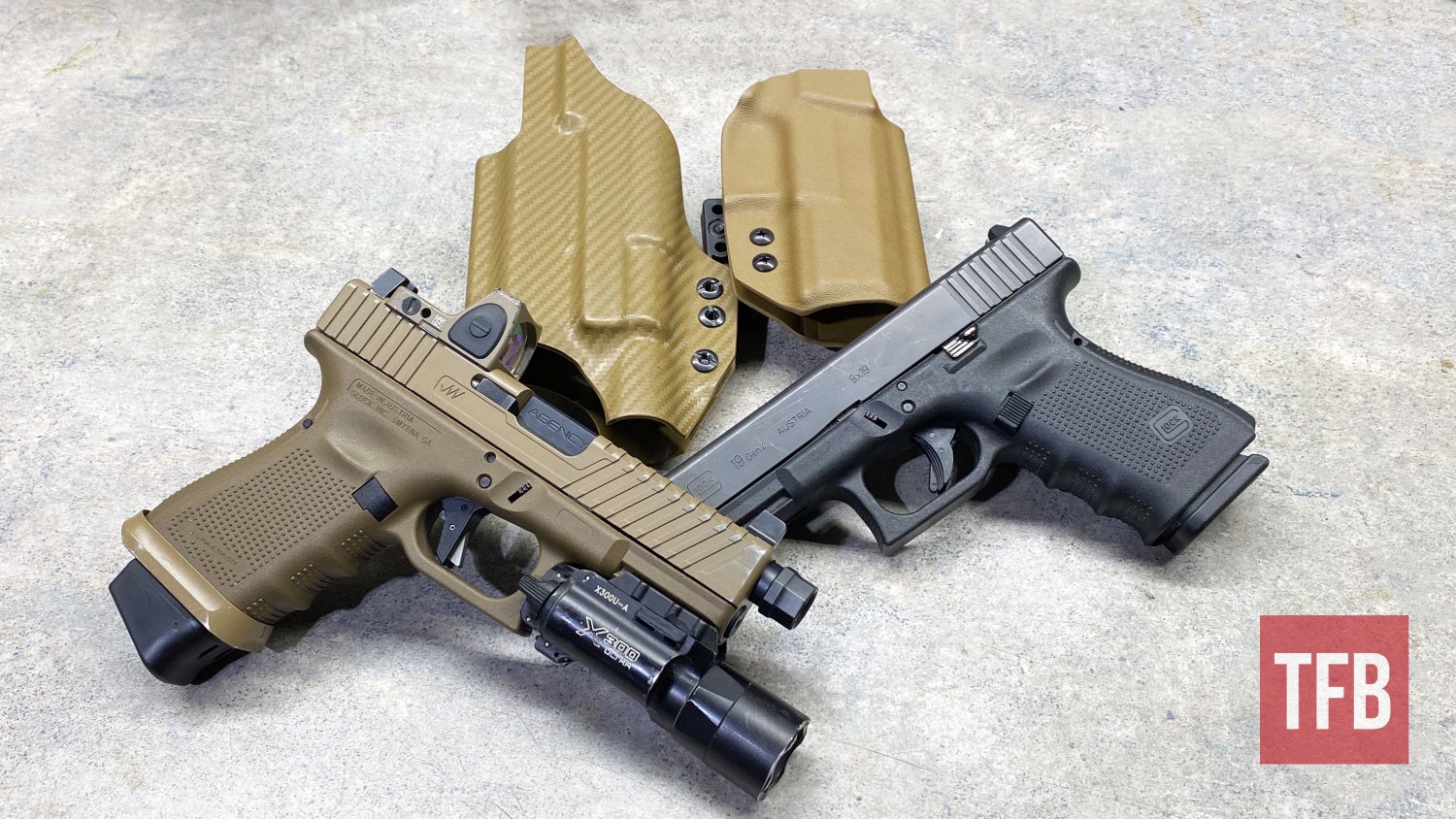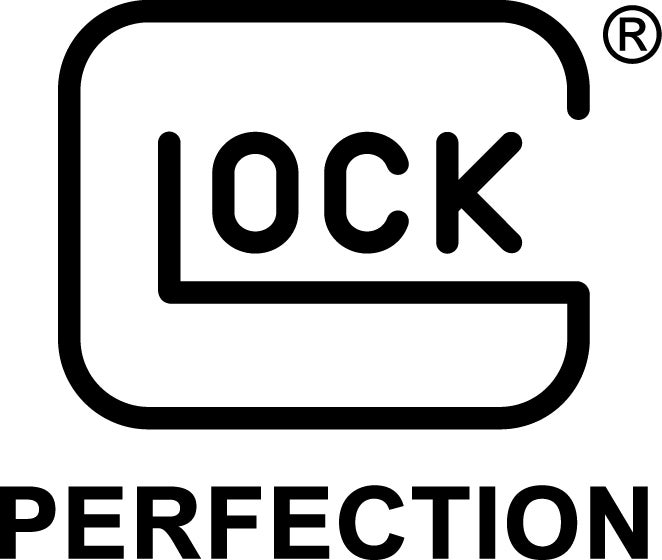Lately, I’ve read a ton of articles about how AIWB (Appendix Inside the Waistband) carrying is the latest and greatest method of carrying. Everything else is outdated in comparison according to people who appendix carry. Now I know that’s a broad generalization but there’s been a number of writers talking about the latest and greatest. Appendix carrying is popular among the concealed carrying crowd but there are several other carry methods. I’ve read a couple different articles lately, and was surprised to see a few guys saying strong side carry (4-5 o’clock position) was for fudds. These authors also made the claim strong side carry is outdated.

There are several different ways to carry a firearm depending on your lifestyle. Most people decide their carry style based on what works best for their daily schedule. I’ve carried in the strong side position for a number of years now and there are quite a few benefits to it over other carry styles. Let’s dive deeper into the benefits of strong side carry.
Consistency in Concealed Carry
One of the biggest issues I see at the range are guys practicing certain skills that don’t apply to carrying concealed. I can’t tell you how often I see someone practice with a range holster at 3-4 o’clock but carries a handgun in an appendix holster every day. Having consistency between practicing at the range and how you carry every day will ultimately make your muscle memory that much better under stress. Consistency matters when it comes to self-defense and training with your gear. If you can have a similar set up for range days and concealed carry you won’t have to become proficient with two different styles.

Having one carry style can streamline your training schedule saving time and energy down the road. I carry my range gun at 3-4 o’clock on my range belt and typically carry an IWB holster at that same position to keep the draw motion the same between the two setups. Now, I totally understand appendix carry works best for certain people and that’s ok. If that’s the case, it’s important to focus on practicing your draw from concealment and safely get reps in at the range. I don’t think it’s a dangerous carry method when done correctly, but not everyone shares that view with me.

Inside Vs Outside The Waistband Carry
Another great benefit of strong side carry is the ability to switch from inside or outside waistband carry without having to change your carry style. During the winter in northern states like Michigan, it’s nice to throw on an outside the waistband holster under a large jacket. Having a sturdy outside the waistband holster can be incredibly comfortable to carry all day. It also allows you to carry something larger where you may be limited to a compact or micro-sized weapon in an IWB holster.

Being able to switch from inside to outside the waistband without changing your draw stroke or process much is a huge plus in terms of being versatile without changing your carry style. Carrying something like a full-size Glock 17 with a weapon light in an IWB can sometimes create hot spots on your leg or hip. Having an OWB (outside the waistband) holster can alleviate hot spotting and can make carrying the larger gun much easier over the course of a full day. I don’t typically carry a ton in an OWB holster, but certain times of the year it’s definitely a nice change when it’s freezing cold and you have to be outside.

The 300 Parallel
Let’s face it, not everyone is built like a tree twig or has the body type of Gumby. Some of us are bigger guys and that’s ok. The honest truth is the fact that not everyone is in top physical condition. Life happens and sometimes people become overweight due to their lifestyle choices or stress. If someone has a little bit of weight on them, something like an appendix holster won’t be the most comfortable option for that particular person.

Personally, I’ve tried a number of different carry styles over the years. Carrying strong side in an IWB holster is by far the most comfortable option for me. It allows me to carry the firearm type I want without being extremely uncomfortable. If you’re a stocky guy like me, it will probably be much easier to carry strong side than something like appendix style. It’s all up to your personal preference but it doesn’t hurt to try a few different styles. Trying different styles is the easiest way to see what works best for you.
Overall Thoughts
There are a ton of different carry methods out there and different methods work for different people. Appendix carry is one of the newer styles of carrying and is gaining popularity. Despite it being new, appendix carry doesn’t discredit other carry styles that individuals use to conceal a firearm. It’s important to look at your training methods and how you shoot at the range to determine what you need to do when it comes to training for carrying concealed.

Personally, strong side carrying works best for me with my climate and body type but that may not be the case for everyone. It’s important to evaluate your own needs and build a carry system around what works best for your body. Lately, it’s been way too easy to go online and just have someone tell you what’s best rather than evaluating it for yourself. Let me know your favorite carry style is in the comments below. If you have questions feel free to contact me on Instagram @fridgeoperator. Stay safe out there.
TFB’s Concealed Carry Corner is brought to you by GLOCK

 Your Privacy Choices
Your Privacy Choices
